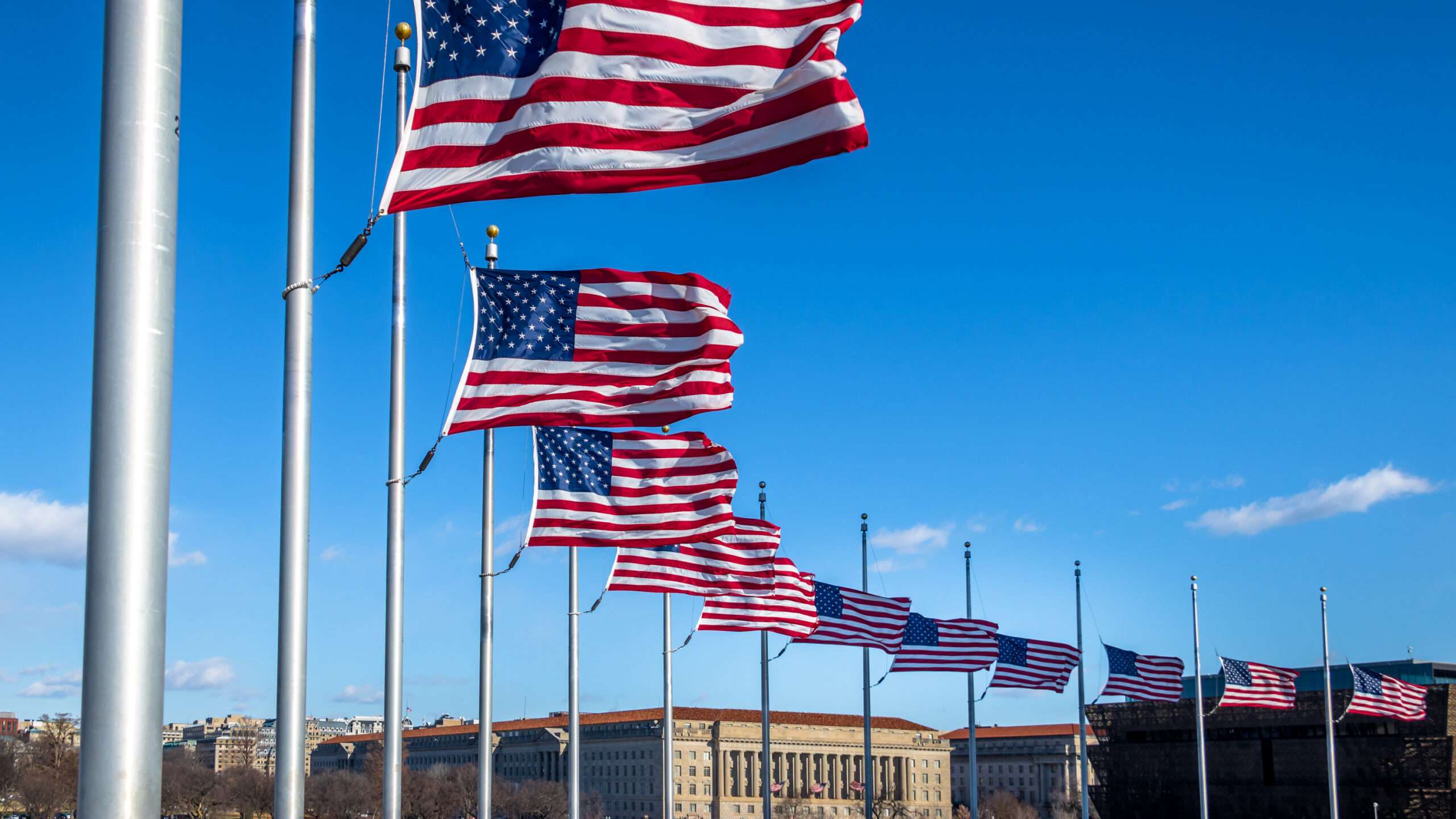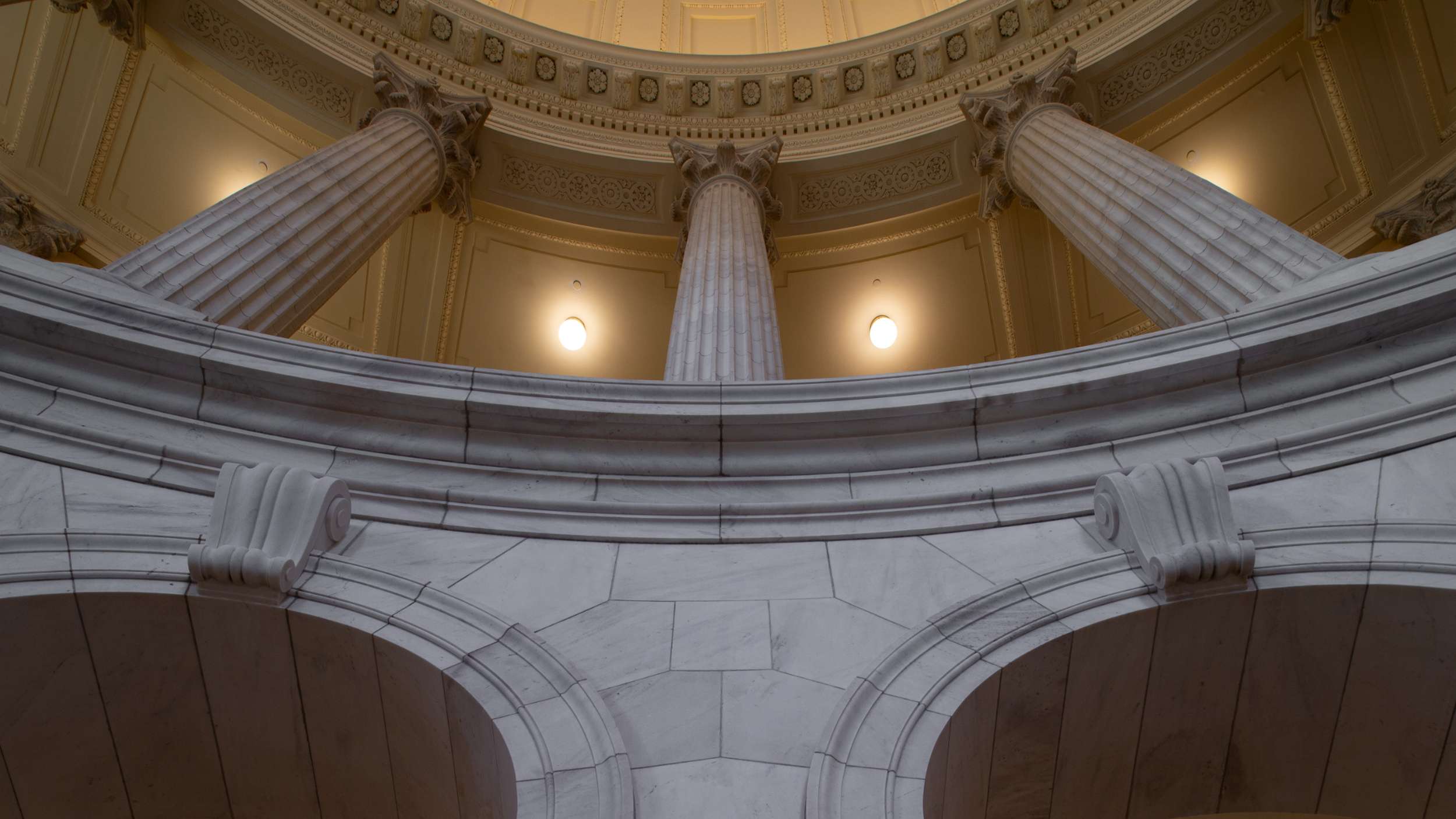One change would be in government-procurement section of deal that could open up door for ‘Buy American’ policies
WASHINGTON—The Trump administration is signaling to Congress it would seek mostly modest changes to the North American Free Trade Agreement in upcoming negotiations with Mexico and Canada, a deal President Donald Trump called a “disaster” during the campaign.
[Bob Davis & William Mauldin] March 29, 2017 [The Wall Street Journal]
According to an administration draft proposal being circulated in Congress by the U.S. trade representative’s office, the U.S. would keep some of Nafta’s most controversial provisions, including an arbitration panel that lets investors in the three nations circumvent local courts to resolve civil claims. Critics of these panels say they impinge on national sovereignty.
The draft, reviewed by The Wall Street Journal, talks of seeking “to improve procedures to resolve disputes,” rather than eliminating the panels.
The U.S. also wouldn’t use the Nafta negotiations to deal with disputes over foreign currency policies or to hit numerical targets for bilateral trade deficits, as some trade hawks have been urging.
However, in one far-reaching change, the draft proposal calls for allowing a Nafta nation to reinstate tariffs in case of a flood of imports that cause “serious injury or threat of serious injury” to domestic industries.
The document appears to be a compromise between the desires of trade hawks to use Nafta renegotiations as a way to set a new trade agenda and moderates who back the U.S. traditional commitment to free trade. The Congress is split along those lines as well.
The draft could be revised. The administration must give Congress 90 days’ notice under trade law before beginning formal Nafta renegotiations. It is far from clear that Canada and Mexico would agree to the changes the U.S. seeks.
In a meeting last month with Canadian Prime Minister Justin Trudeau, President Trump signaled that he wanted small changes in Nafta—at least as it pertains to Canada—but didn’t offer any details.
The U.S. trade representative’s office declined to comment.
Jeffrey Schott, a trade scholar at the Peterson Institute for International Economics, a free-trade think tank, said that the measure reimposing tariffs—called a “snapback” in trade lingo—was also sought by the Clinton administration 24 years ago when it negotiated side deals to Nafta. Mexico didn’t agree to the changes.
The letter accompanying the Nafta draft, which was sent to members of the Senate Finance Committee, among others, said the U.S. trade deficit with Canada and Mexico “demands that this administration take swift action to revise the relationship.”
But the draft doesn’t propose specific measures that would close the deficit. So-called rules of origin—the percentage of a product that must be produced in Nafta countries—could be set in a way that “supports production and jobs in the United States,” the draft said. But the document doesn’t provide any details of how that would be done or what level of domestic content the U.S. would seek.
Another substantial change could emerge in the government-procurement section of Nafta, which currently requires the U.S. government to consider bids from Mexican and Canadian companies on domestic infrastructure projects.
In the draft objectives, the Trump administration is seeking “to establish rules that require government procurement to be conducted in a manner that is consistent with U.S. law and the administration’s policy on domestic procurement preferences,” which could open up the door for Mr. Trump’s “Buy American” policies. Meanwhile, U.S. contractors could lose business in Mexico and Canada.
Mr. Schott noted that a number of the proposed negotiating objectives echo provisions in the Trans-Pacific Partnership, a 12-nation trade pact among Pacific Rim countries. Mr. Trump campaigned heavily against the TPP. The president pulled the U.S. from the deal on his first working day in office.
Among the TPP-style provisions the U.S. will seek, according to the draft, are protections of digital trade and commerce, tougher intellectual property enforcement and requirements that state-owned companies operate in a commercial fashion. The Obama administration had hoped to use TPP to set standards for state-owned firms in the Pacific as a way to influence Chinese behavior.
The proposed labor and environmental provisions—particularly important to Democrats—also echo the TPP, said Mr. Schott. The U.S. would seek to include such provisions in the body of Nafta agreement—they are now in a side deal—and have them enforced in the same way that other Nafta requirements are enforced. Ultimately, that could mean imposing tariffs if the dispute isn’t worked out among the parties.
Many supporters of Mr. Trump’s approach to trade had hoped he would include binding currency rules in Nafta and use that as a template for deals with Asian countries.
Even if currency isn’t included in the main Nafta negotiations, U.S. officials could still strike a side-deal on currency with counterparts in Mexico. The Obama administration won new currency guidelines in a deal meant to accompany the TPP, but critics across Congress complained that the currency deal wasn’t binding, and lawmakers never brought the TPP to a vote.













